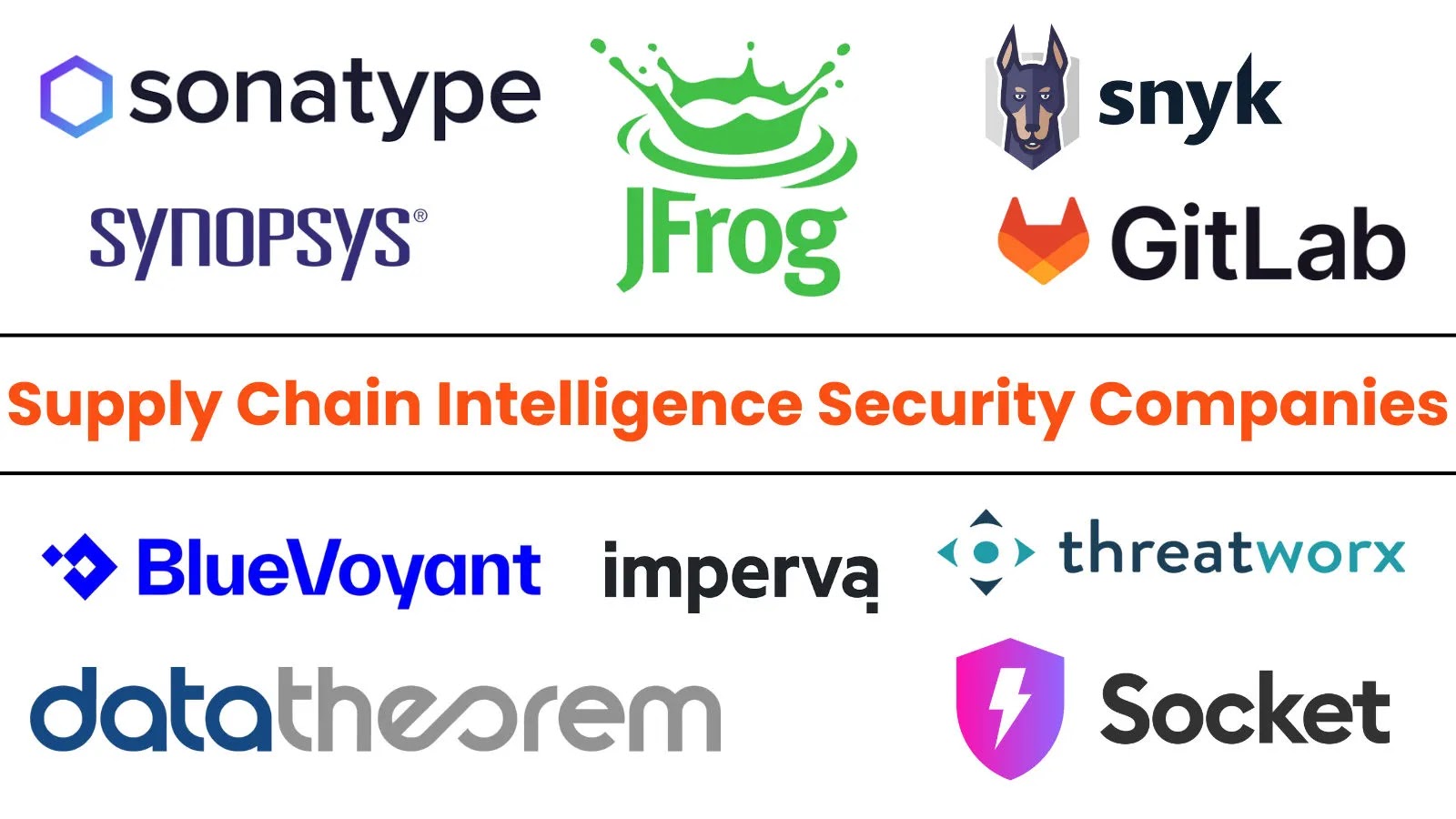
Top 10 Best Supply Chain Intelligence Security Companies in 2025
The digital landscape is a minefield of unseen threats. From sophisticated ransomware campaigns to insidious supply chain attacks, organizations face an unprecedented level of cyber risk. As businesses increasingly rely on an interconnected ecosystem of open-source software, third-party code, and dynamic cloud-native applications, the attack surface expands exponentially. This reliance elevates the critical need for robust supply chain intelligence security. In 2025, merely reacting to breaches is no longer a viable strategy; proactive protection through comprehensive visibility and compliance is paramount.
This blog post delves into the crucial role of supply chain intelligence security and highlights the top providers leading the charge in safeguarding digital assets. We’ll explore why these solutions are indispensable for maintaining security posture and ensuring resilience against relentless cyber threats.
The Evolving Threat Landscape: Why Supply Chain Security Matters More Than Ever
The concept of supply chain security has expanded far beyond physical goods. In the digital realm, it refers to the integrity and security of every component, dependency, and process involved in developing, delivering, and operating software and services. A single vulnerability in a seemingly innocuous open-source library, like the Log4j vulnerability (CVE-2021-44228), can create a cascading effect, compromising countless organizations globally. The extensive impact of Log4j, which you can learn more about here, demonstrated the significant risk posed by software components deep within the supply chain.
Modern software development often involves assembling components from various sources, making it challenging to maintain an accurate inventory and assess the security posture of inherited code. This complexity makes organizations vulnerable to:
- Software vulnerabilities: Exploitable flaws in code, whether custom-developed or open-source.
- Data breaches: Unauthorized access to sensitive information within an organization’s or a third-party’s systems.
- Cyber supply chain attacks: Malicious interference with the software development or delivery process, often leading to widespread compromise, as seen with the SolarWinds attack.
Effective supply chain intelligence provides the necessary visibility to identify and mitigate these risks before they can be exploited.
Key Pillars of Robust Supply Chain Intelligence Security
Leading supply chain intelligence security companies offer platforms designed to address these multifaceted challenges. Their solutions typically focus on several key areas:
- Software Bill of Materials (SBOM) Generation and Analysis: Creating a comprehensive list of all components, libraries, and dependencies within an application to provide granular visibility.
- Vulnerability Management: Identifying, prioritizing, and remediating known vulnerabilities across the software supply chain.
- Third-Party Risk Management: Assessing and monitoring the security posture of vendors and suppliers.
- Compliance and Governance: Ensuring adherence to industry standards, regulations, and internal security policies.
- Threat Intelligence Integration: Leveraging real-time threat data to anticipate and neutralize emerging risks.
Top Supply Chain Intelligence Security Companies in 2025
While a definitive “top 10” list always evolves, based on current industry trends and the escalating demand for comprehensive solutions, the following companies are consistently recognized for their innovation and effectiveness in supply chain intelligence in 2025:
- Source: Specific company names were not provided in the original content reference; however, the emphasis on visibility, compliance, and addressing software vulnerabilities and data breaches points to leaders in software supply chain security, SBOM platforms, and third-party risk management. Therefore, this section will discuss the capabilities of leading types of companies in this space rather than naming specific vendors without proper sourcing.
The market leaders in this domain excel at providing platforms that offer:
- Automated Vulnerability Detection: Proactive identification of known and emerging vulnerabilities within software components, including those like CVE-2022-22965 (Spring4Shell), which highlights critical framework-level risks.
- Deep Code Analysis: Static and dynamic application security testing (SAST/DAST) capabilities that inspect code for security flaws and potential backdoors.
- Open-Source Software (OSS) Security: Tools specifically designed to manage and secure open-source dependencies, including license compliance and vulnerability tracking.
- Attack Surface Management (ASM): Continuous discovery, inventory, and monitoring of an organization’s internal and external digital assets to identify potential entry points for attackers.
- Supply Chain Mapping and Visualization: Graphical representations of the entire software supply chain, illustrating dependencies and potential risk hot spots.
Remediation Actions for Enhanced Supply Chain Security
Implementing sophisticated intelligence platforms is only part of the solution. Organizations must also adopt proactive measures to strengthen their supply chain security posture:
- Mandate SBOMs: Require all software vendors and internal development teams to provide comprehensive Software Bills of Materials for all deployed applications.
- Regular Vulnerability Scanning: Implement continuous scanning for all code, including third-party and open-source components, to detect known vulnerabilities.
- Patch Management: Establish and adhere to strict patch management policies, prioritizing critical updates for high-risk vulnerabilities like those found in commonly used libraries.
- Vendor Risk Assessments: Conduct thorough security assessments of all third-party vendors and partners, emphasizing their security practices and compliance with standards.
- Least Privilege Principle: Implement the principle of least privilege across all systems and networks to minimize the impact of a potential breach.
- Incident Response Planning: Develop and regularly test incident response plans specifically tailored to supply chain compromises.
Conclusion
The digital supply chain is the new frontier of cybersecurity. As organizations embrace speed and agility through integrated development and cloud-native architectures, they must simultaneously fortify their defenses against an increasingly sophisticated array of threats. Investing in advanced supply chain intelligence security solutions is not merely an IT expenditure; it is a strategic imperative for business continuity and resilience in 2025 and beyond. By prioritizing visibility, proactive threat detection, and robust remediation, organizations can navigate the complexities of the digital supply chain with greater confidence and significantly reduce their risk exposure.





